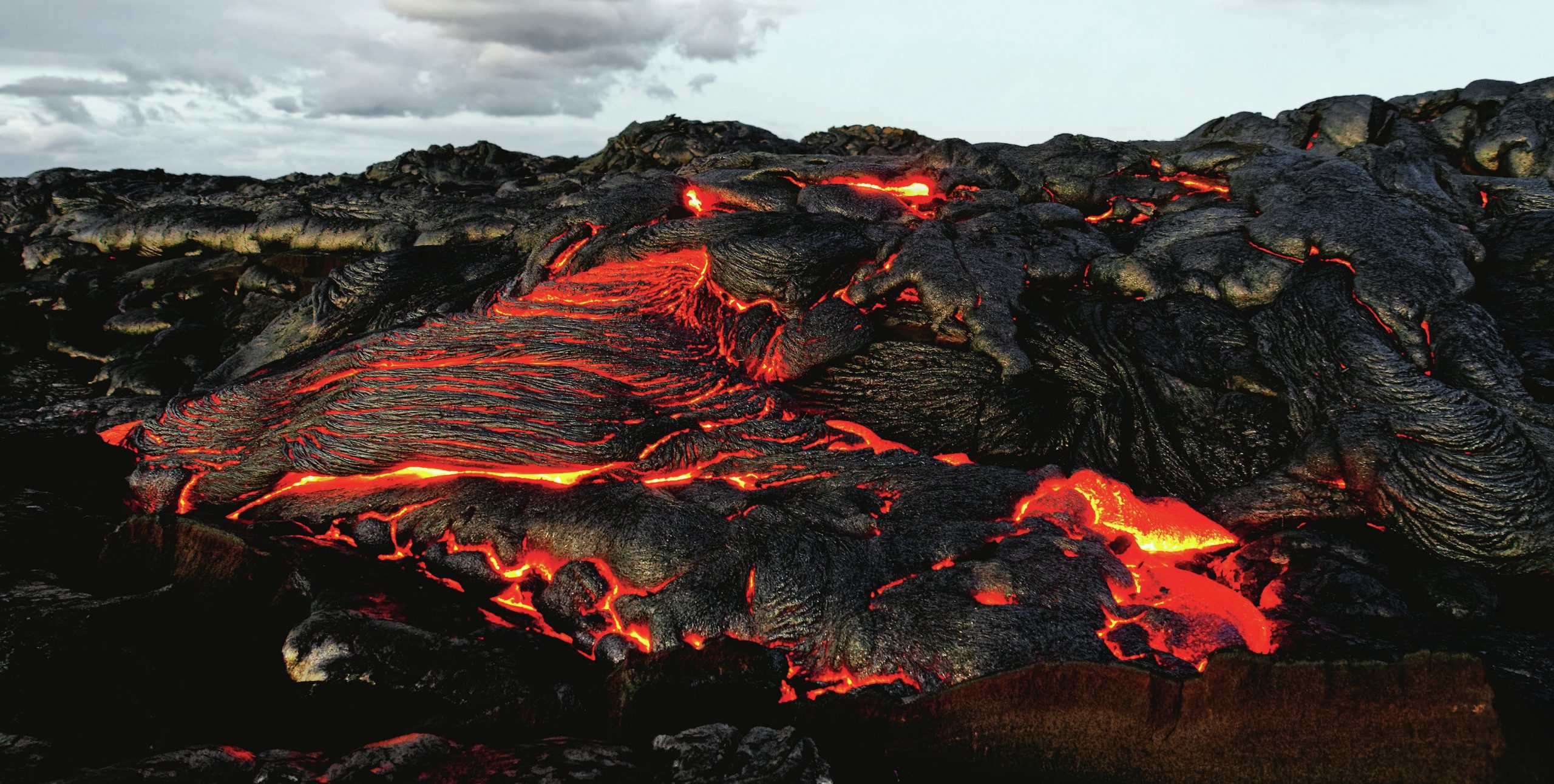
Let’s begin by examining the map in Figure 1, which shows the Earth’s different types of plate boundaries.
If you look carefully at Figure 1 and its key, you will see that the lines indicate the plate boundaries (also known as plate margins). This is where two tectonic plates meet. The map names each of the plates, such as the Eurasian plate and the South American plate.
Your organisation does not have access to this article.
Sign up today to give your students the edge they need to achieve their best grades with subject expertise
Subscribe
